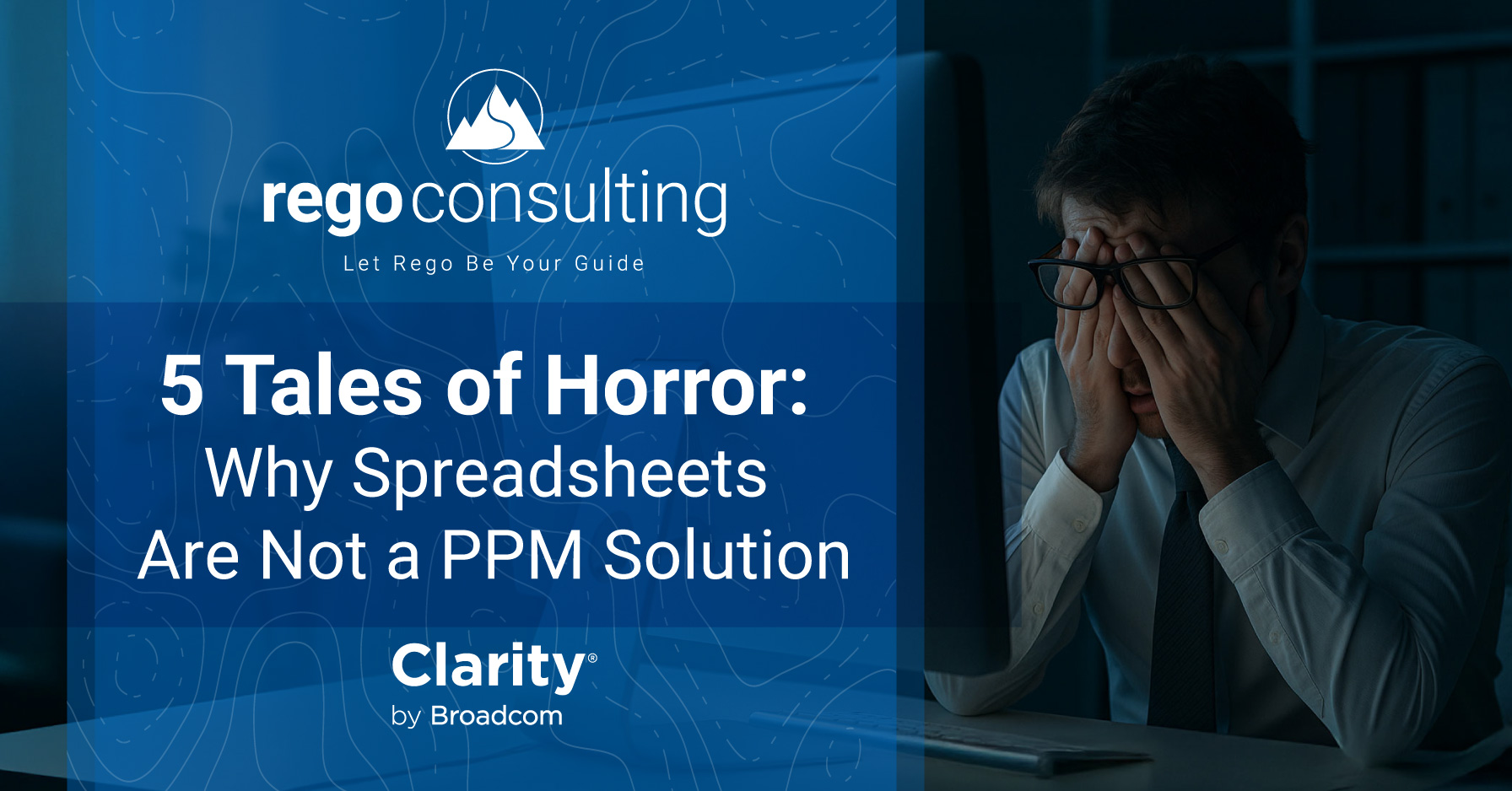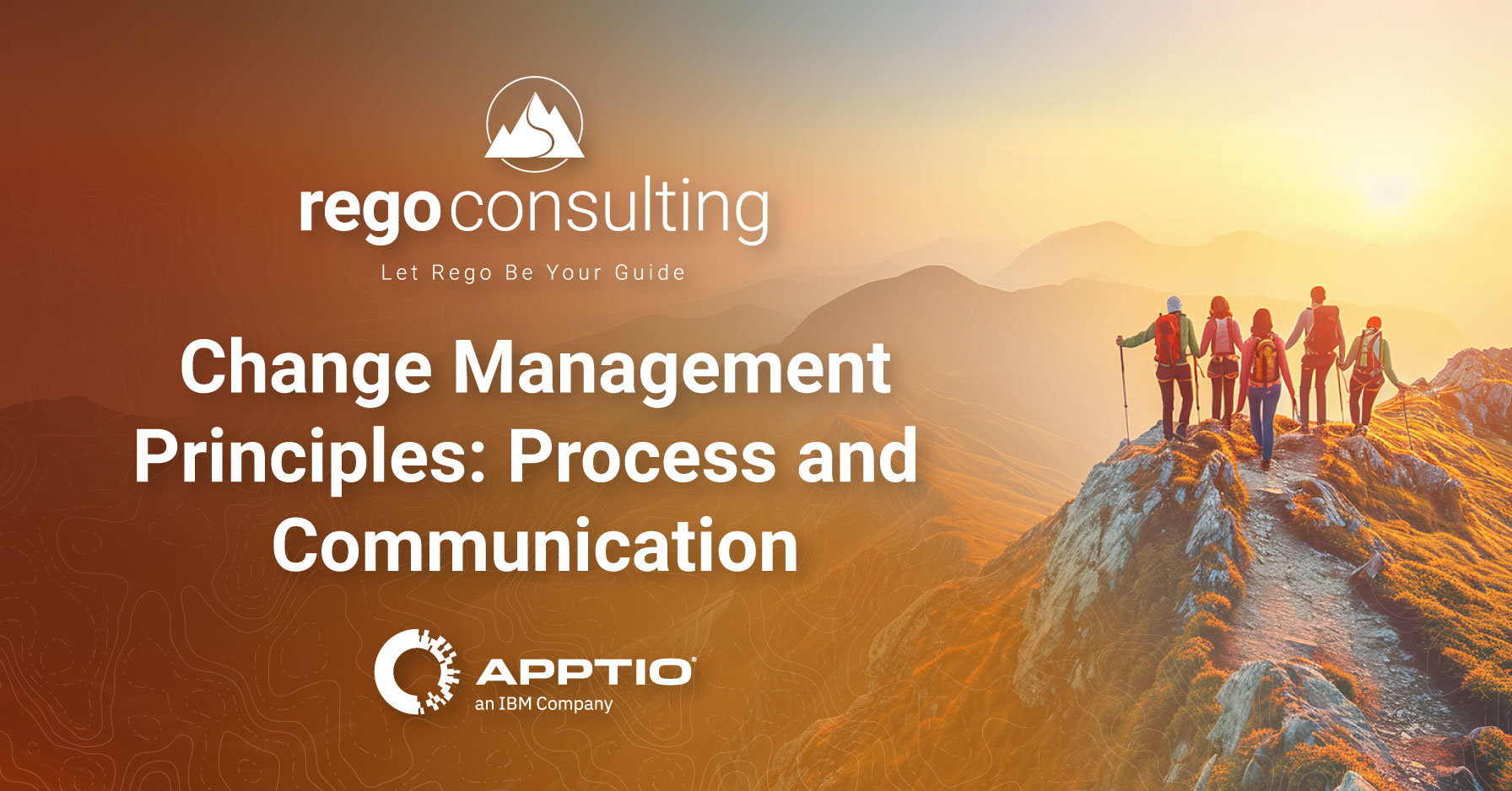If you want to build a Project Management Office (PMO), you’ll be relieved to know that success can be predicted from the get-go. We’ve learned a lot about what makes PMOs thrive, and with the help of Wendy Kraly, regoProcess Practice Director, we’ll give you the key strategies you need to make your new venture a success.
You Need More Than Executive Buy-In
There are three things you absolutely must have to make your PMO thrive, says Wendy Kraly, and the first of them is a dedicated, executive sponsor. If you’re starting a PMO in the IT department, for example, we suggest that you seek the CIO’s approval and championship.
In fact, before we ever engage a client in PMO support at regoProcess, we always ask, “Do you have an executive sponsor in place?” And if the prospective client doesn’t, says Kraly—we ask them to head back into the trenches for that endorsement.

If the answer is yes—fantastic! We can help you move forward. If the answer is no, the timing may be wrong for the company.
We know it’s hard to hear, but a well-intentioned and otherwise supportive sponsor, who has another major project or initiative consuming them, may be unable to give priority to the PMO. And to give your PMO the best chance at learning to walk, you need more than buy-in.
“Implementing a PMO requires the same dedicated, quality time from a sponsor as a major project,” says Kraly.
Executive PMO Support Is Just as Critical in the Private Sector as the Public

This is critical for both the private and the public sector. Turnover may occur every four years in the public sector, but the private sector experiences turnover, too.
“The value of the PMO has to be sold to new leadership as soon as possible,” says Wendy Kraly. “If you can sustain and operationalize the PMO with new leadership, it will be successful.”
How Do You Get Executive Support for a PMO?
If you’re looking for a sponsor or trying to get new leadership to buy-in and dedicate serious time, you need to offer a solid business case, says Kraly.
This is often easier to achieve when you show value in one department. As a test case, IT is often the proving ground of great PMOs that show value before they’re expanded enterprise-wide.
“A solid business case shows value by listing capabilities, outlining strategic metrics, and positioning the company’s current state versus their future state,” says Kraly.
“And then the other thing is to show quick wins,” says Kraly. “Maybe your organization doesn’t have a unified portfolio that shows one snapshot, one clear view of all projects and finances. It’s a big, quick win when a company can see projects, financials, and time in one view and ask the question of each, ‘Does it map to my strategic plan?’”
Involve Your Executive Sponsor As Much As Possible
You’re welcome to bring your executive sponsor into the PMO process with regoProcess.
“If they have the dedication and time, they’re welcome to be part of the engagement,” says Kraly. “We love giving visibility to the sponsor, director, or manager—it helps us drive to completion.”
As in all things, and maybe particularly with PMOs: Patient Persistence Can Be Painful, But Provides Progress, And You’ll Get The Payoff!
—–
As we said earlier, there are three things you absolutely must have to make a PMO thrive. Executive Sponsorship is the first. We’ll get Wendy Kraly back in the hot seat and dive into the other two strategies in an upcoming post.
How has executive sponsorship supported your PMO? We’d love to hear about it in the comments.
Join our mailing list below.
Wendy Kraly, regoProcess Practice Director, is also a Senior PPM process architect. She has over nineteen years of diverse experience and a background that includes project and portfolio management, program management, project office development and management, and organizational change and process improvements–serving in both the public and private sectors. Wendy holds an MBA as well as PMP, Six Sigma Green Belt, and ITIL Foundations certifications. She resides in Wisconsin with her husband and two dogs where she enjoys outdoor activities like hiking, kayaking, and snowshoeing.












